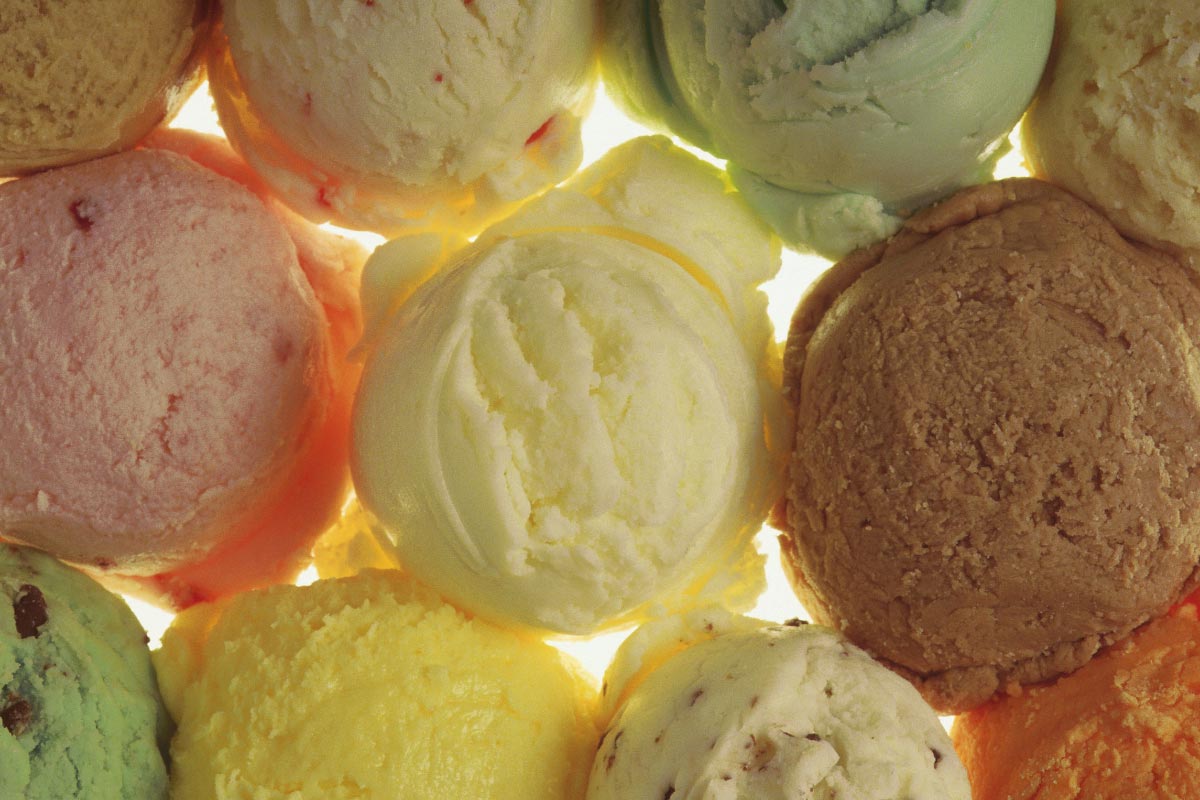TOTAL MYTH: No, McDonald’s did not stop using all antibiotics in their chicken
06/13/2017 / By Vicki Batts

You’ve probably seen the headlines about McDonald’s forgoing the long-held practice of feeding their chickens a never-ending stream of antibiotics. In fact, the massive food corporation has even been praised for dumping antibiotics from their chicken.
While even the smallest steps forward should always be appreciated, the fact of the matter is that McDonald’s new “antibiotic ban” has been grossly blown out of proportion: McDonald’s will still be using some antibiotics in their food, just not the ones that are important to humans. The company even made a statement on their own website, which reads:
We are committing to use chicken that is not raised with antibiotics important to human medicine. McDonald’s has been working closely with farmers for years to reduce the use of antibiotics in our supply, thus we are able to commit today to stop using antibiotics important to human medicine in chicken production for McDonald’s USA by March 2017.
As you can see, they have not said they would be stopping the use of antibiotics in entirety — they will just be avoiding the ones that are most relevant to humans.
It’s not a secret that antibiotics have been used in factory farming operations for decades — and that the intent behind their use is not always so benign. While the drugs are also given to help heal sick animals, antibiotics quickly became known for an unintended side effect: Weight gain. As Eater.com reports, back in the 1950s people discovered that feeding their hogs and chickens antibiotics helped them to gain more weight at a faster pace, without having to eat more food.
100% organic essential oil sets now available for your home and personal care, including Rosemary, Oregano, Eucalyptus, Tea Tree, Clary Sage and more, all 100% organic and laboratory tested for safety. A multitude of uses, from stress reduction to topical first aid. See the complete listing here, and help support this news site.
It didn’t take long for the addition of small amounts of antibiotics to farm animals’ feed and water to become commonplace. As Eater.com explains, “In 2012, almost 97 percent of agricultural antibiotics were sold without a veterinary prescription. Agricultural producers purchase more than 30 million pounds of antibiotics annually, accounting for an estimated 80 percent of all antibiotics sold in the United States.”
There are two types of antibiotics farmers use: Antibiotics used in human medicine, and those tailored for livestock. While McDonald’s has pledged to phase out the latter, that doesn’t mean that livestock-specific antibiotics will rid the world of its antibiotic-resistant bacteria.
Even though they will not be using human-grade antibiotics in their products, the fact is that antibiotic resistant bacteria can still develop from their livestock rearing techniques.
Because scientists do not yet fully understand the scope and potential for bacterial resistance to drugs, the practice of adding unnecessary antibiotics to food at all should be avoided, regardless of whether or not the antibiotics are used in humans or livestock.
Recently, scientists discovered that bacteria can share their resistant genes not just “vertically” within future generations, but “horizontally,” as in spreading the resistant trait by sharing parts of their genetic material with other organisms. Horizontal transfer can even occur across different species of bacteria — a finding that is truly alarming. As Scientific American reported in 2016, scientists said the finding showed “resistance to drugs can spread more widely than previously thought and firms up links in the resistance chain leading from animal farm to human table.”
We already know that bacteria are capable of developing resistance via random mutation. We also know there several classes of antibiotics, and many of them are at least similar in one way or another. Who is to say that the bacteria which grow resistant to the “livestock-only” antibiotics (and they will), cannot or will not mutate into a bacteria that is resistant to a similar human medication?
Sources:
Tagged Under: Antibiotics, chicken, McDonald's




















